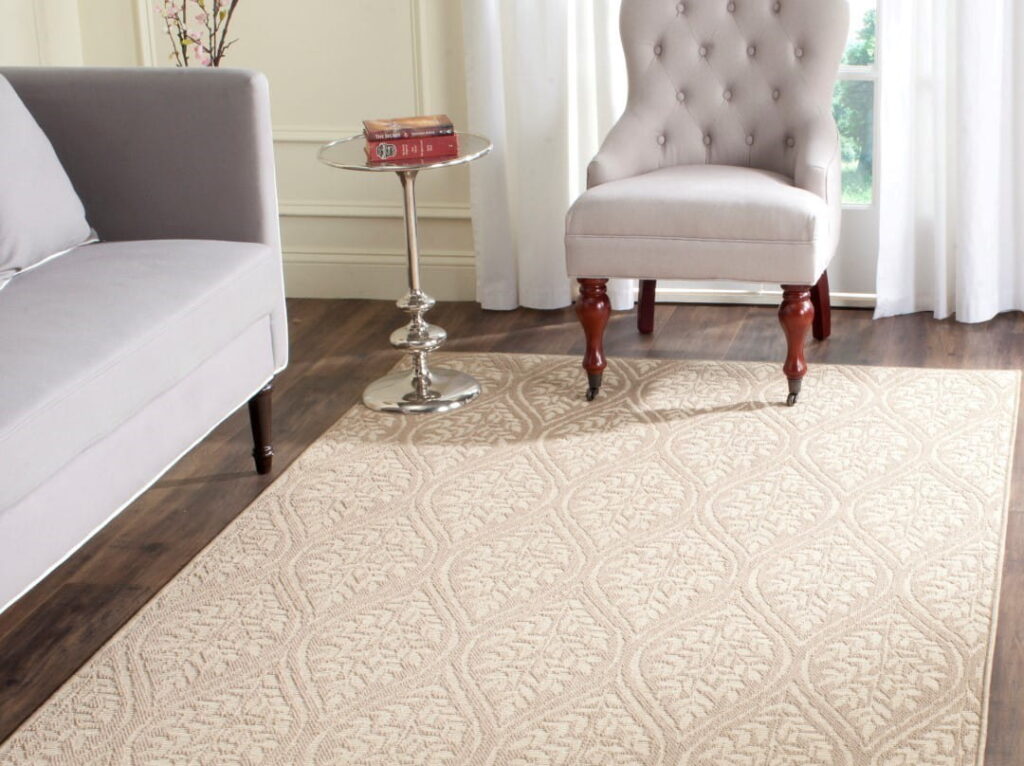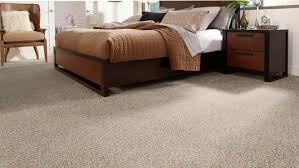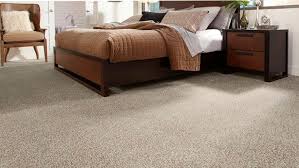What’s The Longest Wearing Carpet Type?
Carpet is the unsung superheroes of our homes, offering comfort and warmth for family friendly flooring. But choosing the best carpet for your home is a daunting task. Between appearance, fiber type, resilience, and style, two of the most valued factors by carpet purchasers are durability and longevity. Taking into account all the variables, here we look at what is the longest wearing carpet type.
The Carpet Fiber Type
Nylon and wool have been proven to be some of the strongest of carpet fibers in the world.
Wool carpets are made of a natural fiber that’s generally very warm and cozy. Wool carpets have a huge number of benefits that make them highly prized, however they can be costly when compared to other options. Wool carpets can be ideal for bedrooms where you want the comfort and safety of a natural fiber, but there is less movement and traffic to dirty carpets.
Nylon fiber carpets are some of the toughest and most resilient, and being more economical than wool, they’re also very popular. Nylon carpets can withstand the sun, pets, vacuuming, heavy traffic and children. Nylon fibers are easy to clean, are resistant to wear and abrasion, and quickly bounce back from being crushed. Type 6.6 nylon carpets have always been considered the premium choice, offering the highest level of durability.

Face weight and Density
Face weight and carpet density give you information on the amount of carpet fiber per square inch. This plays an important role in durability for two reasons:
The first is that denser carpets look less aged from the start. Compare it to looking down at a forest from above. A lot of trees will make for a beautiful green scenery. If there aren’t many trees (not very dense), you will see directly to the dirt. Similarly, carpets with really low face weight just look worn even when they’re new.
The second (and maybe more important) reason is that more carpet fibers = more strength. Imagine instead of carpet fibers you have people. These people are holding up a big 1,000lb metal plate. If you have four people spread under the plate, they are probably going to collapse. If you have 10 people under the plate, they’ll hold up for a long time. Same thing with carpet: more carpet fibers means the carpet keeps its upright position for longer, and carpets that are matted down look old.

The Twist Level Of The Carpet
Twist level is the number of twists in a one-inch strand of carpet. The greater the twist level the more durable the carpet, as more twists help to reinforce the carpet strand. Carpets with a twist level of at least 5 or more are recommended for optimum performance, but a twist level of 7 or more offers greater durability.
Lower twist levels mean the carpet won’t bounce back as quickly, unraveling and looking shabbier sooner than expected.
The Carpet Color
While color doesn’t directly affect the structural durability of the carpet fiber, it can influence the long-term appearance of the carpet. Of course, it’s important to choose a carpet color that matches your tastes and interior design. However, light colored carpets can be more prone to showing stains and wear than darker colored carpets. Neutral colored carpets are best to both conceal stains and prevent fading that can happen with wear over time in dark colored carpets.

Which vacuums are beset suited to cleaning durable carpets?
While the decision of which carpet to buy for longevity may not be easy, the decision of which vacuum to choose to help clean and maintain it can be. In short, you want a vacuum with a beater brush, or an electric motorized brush head. Air brushes aren’t going to have the power to lift dirt, dust, grime, pet hair, and everything else that can get stuck in a carpet out efficiently. This is even more true when dealing with higher or denser piles of carpet. When you’ve got rotating brushes, on the other hand, you’ll have the power you need–particularly when those brushes are on height-adjustable cleaning heads.
How to Clean Carpet Stains
The first thing to know about stains is that the longer they sit, the more difficult they are to remove. But what are the best methods for different types of stains? Memorize the following tips and you’ll be ready the next time accident strikes. And always test each method on a scrap of carpet or in a far corner of a closet to make sure it won’t harm the carpet:
Food and Drink Stains
Start by scooping up what you can into a paper towel using a blunt instrument like a spool. (If the spill includes an excess amount of liquid, a dry/wet vacuum should be employed.) Then use a clean, white absorbent cloth or paper towel to blot-never rub-with warm water. Press down firmly to remove as much moisture as possible. Repeat until no stain appears on the cloth.
If the stain is stubborn and won’t come out, make a solution of one quart of warm water and one teaspoon of mild non-bleach laundry detergent (the liquid kind). Don’t use dishwasher detergent. Apply this solution to the stain, let it sit for about five minutes and blot up excess moisture. Rinse with warm water and again remove the moisture by blotting. Repeat until there’s no more detergent in the carpet. This is important because any residual detergent may cause soiling.
Pet Stains
Always scoop and blot. Here again, most stains clean up with warm water. Next use the detergent solution as mentioned above. After all the detergent is removed, apply a solution of two tablespoons of white vinegar to one quart of water. This will neutralize the odor.
Blot up all excess moisture, as mold can easily grow under damp carpet. To be sure all the moisture is removed, place a clean, white absorbent towel on the spot and place some type of weight on the towel. Let it sit for about 30 minutes. Repeat the process with another, dry towel if necessary. When the carpet is completely dry, vacuum or brush the pile to remove any dents the weight has made in that spot.
Nail-Polish Spills
Scoop and blot, and then apply a non-oily polish remover. Blot with a clean, white absorbent cloth. Remember to test the nail-polish remover on a scrap of carpet first. Some carpets will lose color. If this is the case, have a professional carpet cleaner take care of the problem.